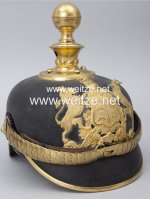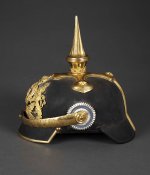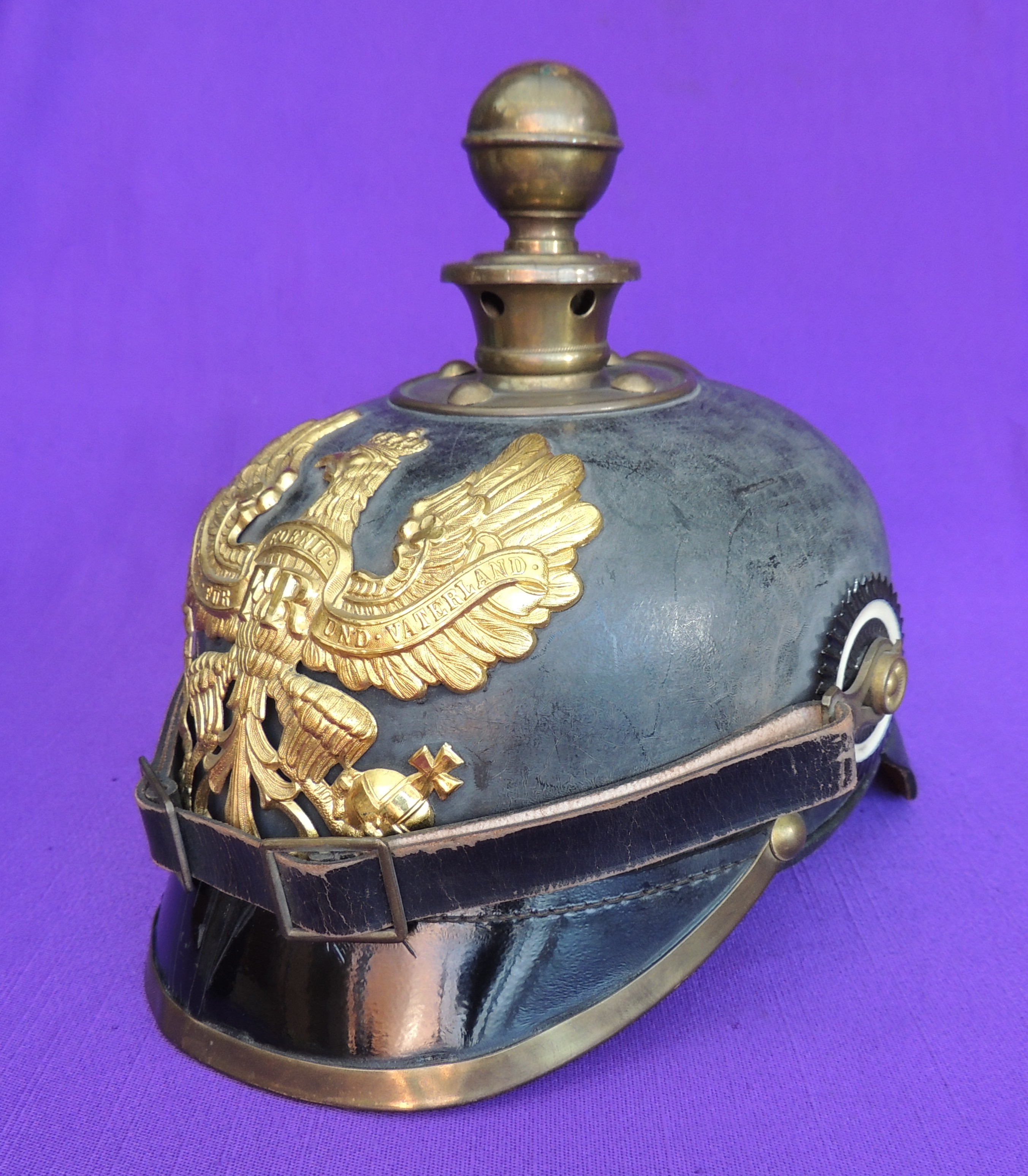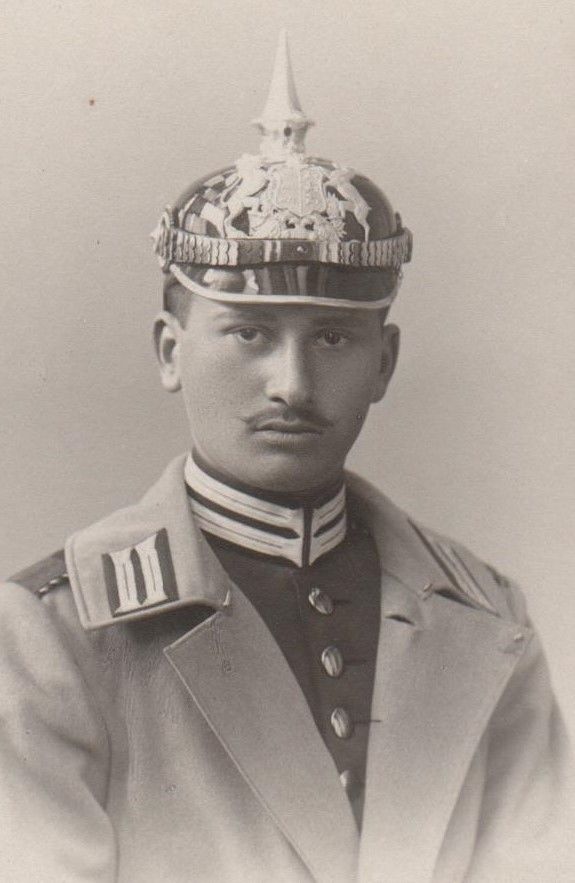Mike H
Active member
Gentlemen,
I have seen a few examples of Pickelhauben in friends' collections that are mint and unworn and are covered with what appears to be a talcum powder coating. I was told they came from the manufacturer like this.
What is the story with the powder? What was its purpose? An example shown below.
Mike
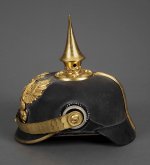
I have seen a few examples of Pickelhauben in friends' collections that are mint and unworn and are covered with what appears to be a talcum powder coating. I was told they came from the manufacturer like this.
What is the story with the powder? What was its purpose? An example shown below.
Mike


